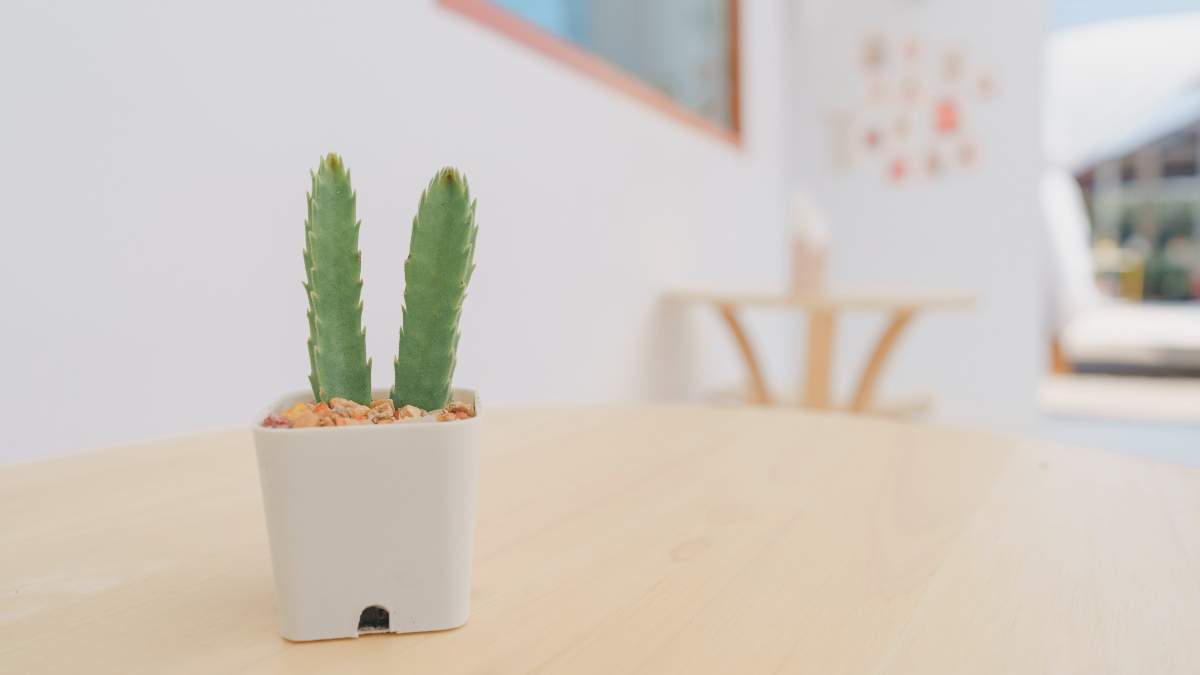
Damp and condensation can be a huge problem for homeowners. If left unchecked, dampness and water can lead to mold growth, which is harmful not only to your health but also to the value of your home. Luckily, there are many ways you can get rid of dampness in your home! This blog post will discuss the solutions that have been proven by professionals to work well against dampness and condensation.
Install a dehumidifier
One of the primary things that you can do to get rid of dampness and condensation in your home is to install a dehumidifier to help keep the air dryer. Dehumidifiers can be expensive but are a necessary investment to keep dampness and mold at bay.
There are also other smaller ways that you can dehumidify your home without spending money on buying extra appliances like fans, which will help increase air circulation in the house as well as keeping it dry naturally. In this case, you can even get in touch with a damp treatment company to help you address more severe concerns that a dehumidifier won’t be able to resolve. They will be able to assess the damp issues you have at home and eliminate its sources, such as poorly insulated pipes under sinks.
Clean and dry your windows inside and out
You should also take the time to clean and dry the inside of your windows. As dampness is a breeding ground for bacteria, it can contribute to other potential health problems such as asthma or even eczema if you suffer from allergies. Mold will also grow inside your window frames, which can be a serious hazard to your family’s health too, so get them cleaned out. Never let water stand for too long, especially if you have damp window sills or walls which could be letting dampness into your home, so get rid of it.
Condensation is a very common damp problem and occurs when moist air comes into contact with some cold surface, usually glass or metal because it condenses onto them like droplets of water on the outside of a wet window in winter. This can lead to dampness seeping through your walls – especially if you have underfloor heating, which is a notorious dampener.
Seal any cracks in the walls or ceilings
Seal any cracks in the walls or ceilings. If you’re not sure where they are, use a damp meter to find out and get them sorted as soon as possible. It’s also important to damp-proof your home – if there is damp coming into your property from outside, it will cause damage over time, so damp proofing helps stop damp in its tracks. Most damp problems arise from condensation in the first place, so it’s worth trying to stop this before you have any trouble at all – not least because damp and mold are such unpleasant things and can make life generally uncomfortable with them hanging around. You’d be surprised how much money damp can waste, too.
Get rid of excess moisture
Make sure to get rid of excess moisture from your home by using a fan, opening doors/windows, or running an exhaust fan. This is a good way to prevent damp and condensation from being an issue. If dampness or condensation have already become issues in your home, make sure you keep the area dry for best results. In this case, you can consider getting a humidistat installed on your furnace so that it turns off when humidity reaches the desired level.
You can also keep indoor plants around, as they will absorb some of the excess moisture in the air and release oxygen, which helps lower humidity levels in your home. If you have carpeting, make sure to vacuum regularly to remove debris that may be causing dampness. There is also the option for you to use bathroom fans to ventilate bathrooms while showering/bathing for more efficient water drainage.
Dry wet clothes outside if possible instead of indoors, where mold can grow easier. In this case, hang them up with clothespins. Avoid storing clothing near areas like kitchens or bathrooms where there is excessive moisture present- this includes closets! Store these items in another location, such as under beds, dressers, away from dampness sources.
Your home is a humid environment which can lead to mold and mildew, cause allergies or asthma symptoms, promote the growth of dust mites that will increase your risk for developing respiratory conditions like COPD in later life. Keeping your house dry by following these tips should help you avoid all those nasty things. By following these simple steps, you can have a cleaner and healthier home that will be less prone to mold or mildew.




